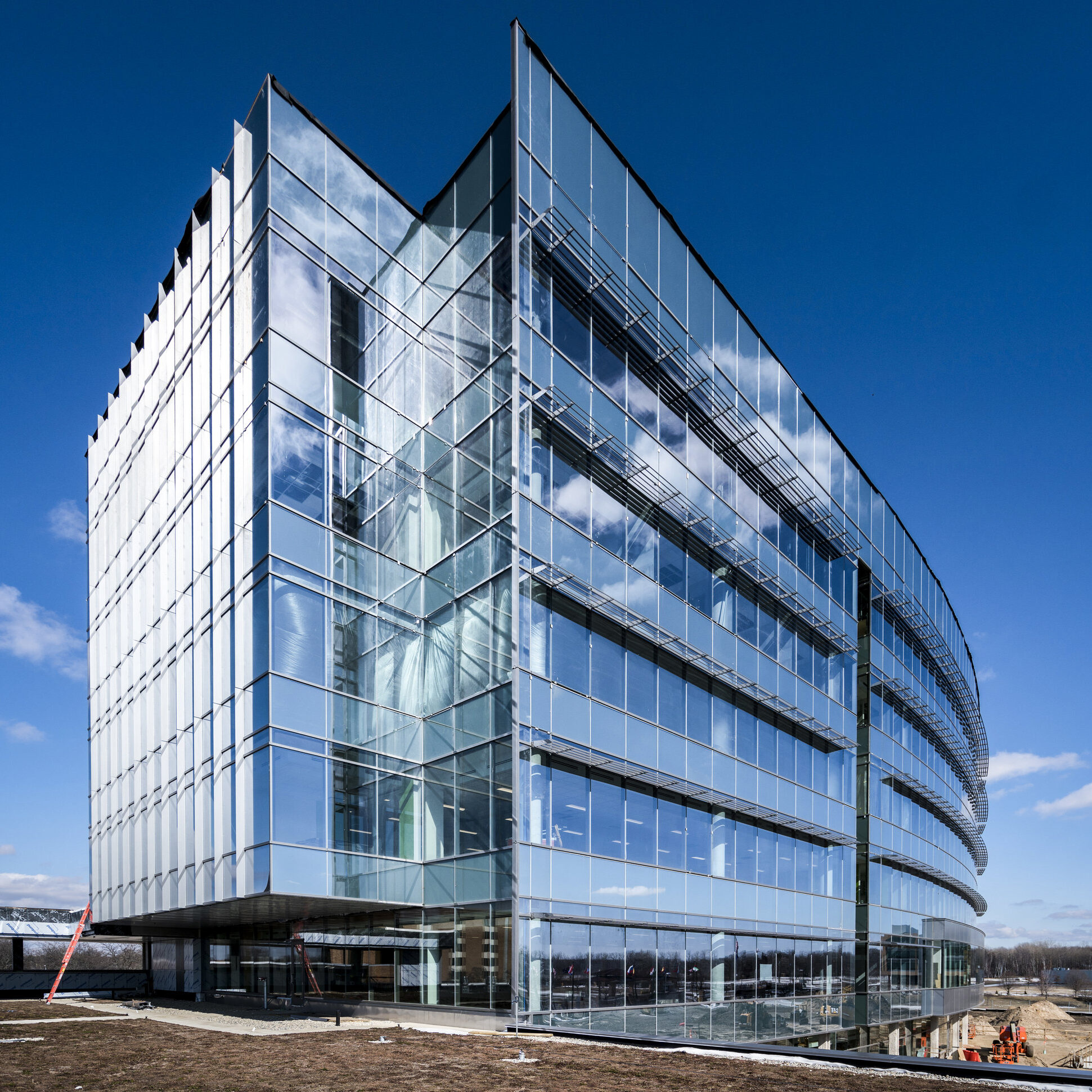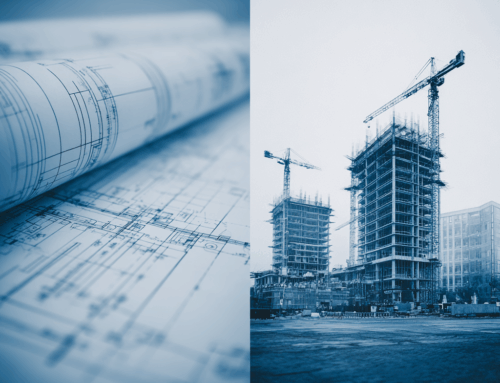Elevating the Future: Commercial Building Trends for 2024
December 15, 2023
As we step into 2024, the commercial real estate landscape is evolving at an unprecedented pace, driven by technological advancements, sustainability imperatives, and the ever-changing needs of businesses. As an expert in the field, it’s essential to stay ahead of the curve and anticipate the trends that will shape the commercial building sector in the coming year. Let’s delve into the key developments that are set to define the industry in 2024.
Smart Buildings Reach New Heights
Smart building technology has been gaining traction over the past few years, but 2024 will witness a significant leap in its integration. Building management systems (BMS) are becoming more sophisticated, leveraging artificial intelligence (AI) and the Internet of Things (IoT) to enhance efficiency and occupant experience. Automated climate control, predictive maintenance, and energy optimization are just a few aspects of smart buildings that will be more prevalent, offering cost savings and environmental benefits.
Sustainable Design Takes Center Stage
With a growing emphasis on environmental responsibility, sustainable design practices are no longer optional but imperative. Commercial buildings in 2024 will increasingly incorporate green features such as energy-efficient HVAC systems, solar panels, and advanced insulation materials. Furthermore, architects and developers are adopting sustainable construction methods, including modular construction and the use of recycled materials, to reduce the environmental impact of new developments.
Flexible Spaces for Hybrid Work
The pandemic has transformed the way we work, and the concept of hybrid work is here to stay. Commercial buildings are adapting to this shift by offering flexible spaces that cater to both remote and in-office work. Co-working areas, adaptable meeting rooms, and advanced IT infrastructure will be key components of the modern office space, fostering collaboration and accommodating the diverse needs of a hybrid workforce.
Wellness-Centric Design
Employee well-being is a top priority for businesses, and commercial buildings are reflecting this by integrating wellness-centric design principles. Biophilic design, which incorporates natural elements into the built environment, is gaining popularity. Improved air quality, access to natural light, and spaces that promote physical activity and mental well-being are becoming essential features of modern commercial spaces.
Focus on Resilience and Security
The increasing frequency of extreme weather events and cybersecurity threats has highlighted the need for resilient and secure commercial buildings. Developers are investing in technologies and designs that enhance a building’s ability to withstand natural disasters and cyberattacks. From advanced building materials to secure data infrastructure, resilience and security are non-negotiable aspects of commercial construction in 2024.
Integration of 5G Technology
The rollout of 5G networks is transforming the connectivity landscape, and commercial buildings are leveraging this technology for enhanced communication and functionality. 5G-enabled buildings will provide faster internet speeds, support a growing number of IoT devices, and enable the widespread adoption of augmented reality (AR) and virtual reality (VR) applications within commercial spaces.
Emphasis on Aesthetics and Experience
Beyond functionality, aesthetics and the overall experience of occupants are gaining prominence in commercial building design. Unique architectural features, curated interior spaces, and attention to detail contribute to creating environments that not only meet the functional needs of businesses but also inspire creativity and a positive work atmosphere.
In conclusion, the commercial building trends of 2024 reflect a dynamic landscape shaped by technology, sustainability, and the changing dynamics of the modern workforce. As an expert in the field, staying informed about these trends and adapting to the evolving needs of businesses will be key to success in the commercial real estate industry. The future is bright, and those who embrace innovation and forward-thinking design will undoubtedly lead the way in shaping the commercial buildings of tomorrow.





